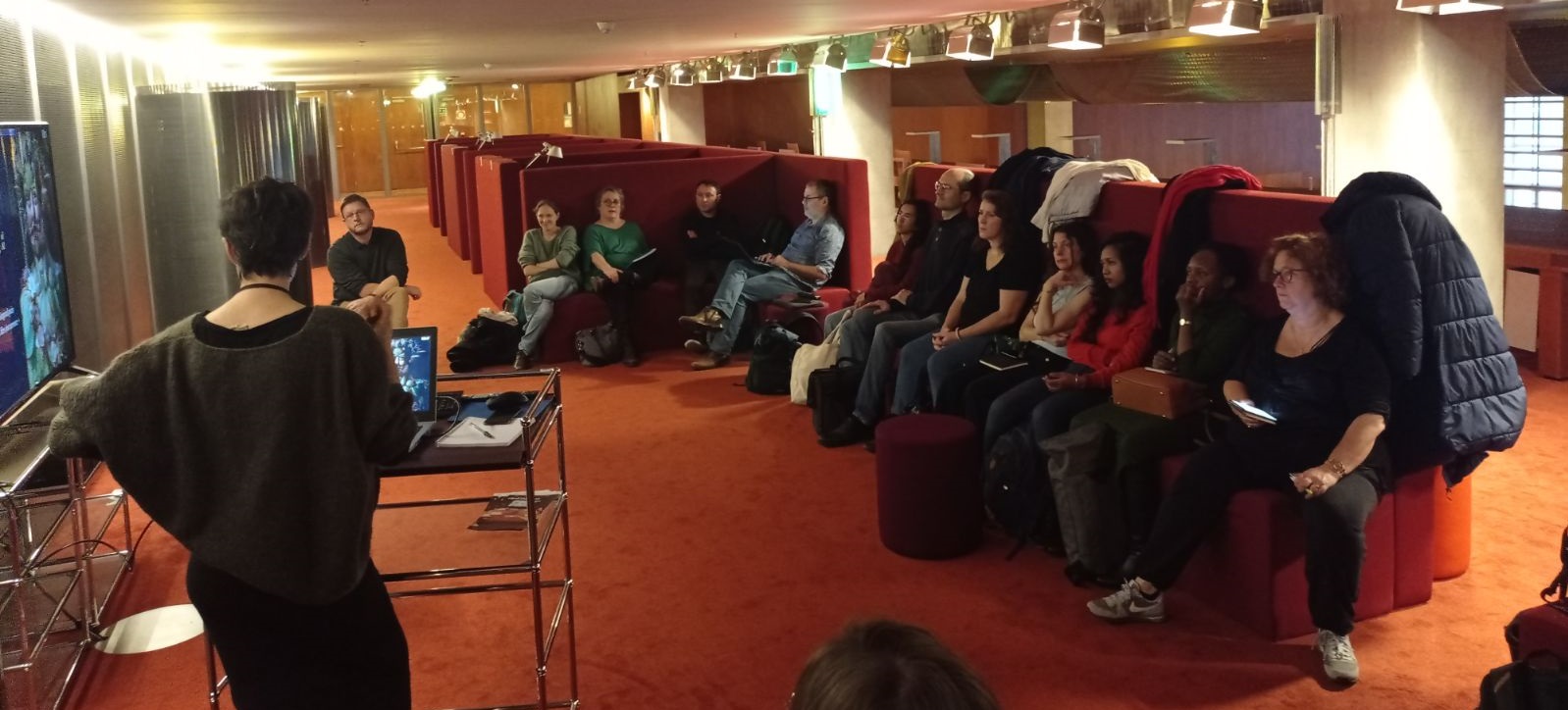[TACOL] A. Tallman, The phonetics of tone sandhi in Chácobo (Pano) from morph to utterance
Séminaire Terrains, Analyse et COmparaison des Langues (TACOL)
Titre de la présentation :
The phonetics of tone sandhi in Chácobo (Pano) from morph to utterance
Résumé :
Croft, W. (2010). Radical Construction Grammar. In T. Hoffman, & G. Trousdale (Eds.), The Oxford Handbook of Construction Grammar (pp. 211-232). Oxford: Oxford University Press.
Russell, K. (1999). What’s with all these long words anyway? In P. Bar-El, R.-M. Dechaine, & C. Reinholtz (Ed.), Papers from the Workshop on Structure & Constituency in Native American languages (pp. 119-130). MIT Occasional Papers in Linguistics 17.
Schiering, R., Balthasar, B., & Hildebrandt, K. A. (2010). The prosodic word is not universal, but emergent. Journal of Linguistics, 46(3), 657-709.
Seifart, F., Strunk, J., Danielson, S., Hartmann, I., Pakendorf, B., Wichmann, S., . . . Bickel, B. (2021). The extent and degree of utterance-final word lengthening in spontaneous speech from 10 languages. Linguistics Vanguard.
Sonderegger, O. K.-C. (2018). Boundary phenomena and variability in Japanese high vowel devoicing. Natural Language and Linguistic Theory, 36, 175-217.
Tallman, A. J. (2018). A Grammar of Chácobo, a southern Pano language of the northern Bolivian Amazon. Austin: University of Texas at Austin.
Tallman, A. J. (2021a). Analysis and falsifiability in practice. Theoretical linguistics, 45(2), 95-112.
Tallman, A. J. (2021b). Constituency and coincidence in Chácobo (Pano). Studies in Language, 45(2), 321-382.
Tallman, A. J., Auderset, S., & Uchihara, H. (Eds.). (forthcoming). Constituency and Coincidence in the Americas. Berlin: Language Sciences Press.

